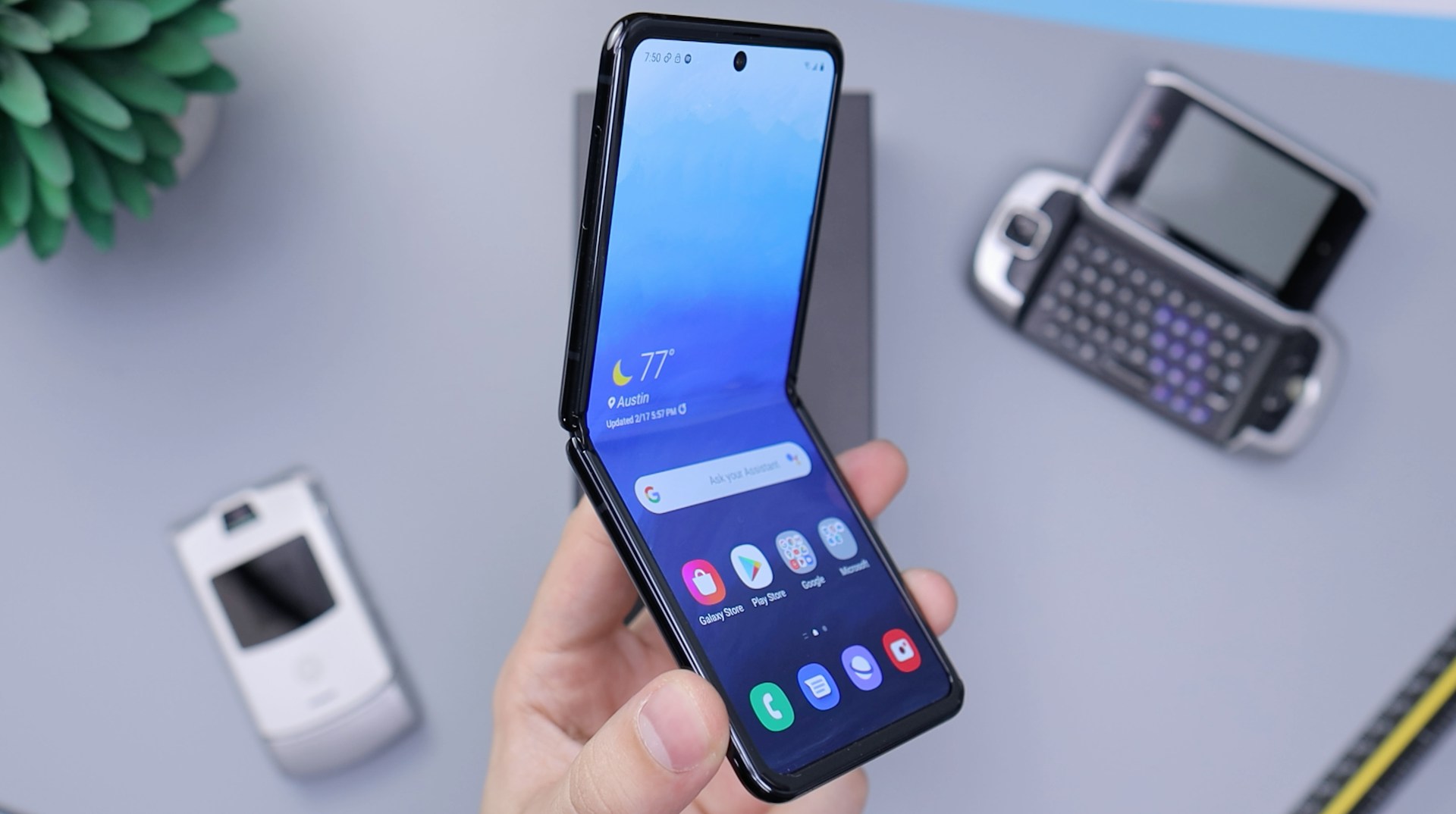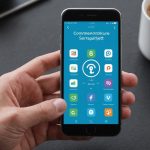Smartphones have revolutionized almost every field, and healthcare is no exception. As mobile devices become more integral to daily life, they also play an essential role in modern medical practices. From aiding communication between patients and physicians to storing and accessing health data, smartphones offer numerous advantages. However, to fully leverage these devices in healthcare, best practices must be adhered to. This article delves into the optimal ways to utilize smartphones in smart healthcare systems, ensuring both efficiency and security.
Enhancing Communication Between Patients and Physicians
In today’s fast-paced world, effective communication between patients and physicians is paramount. With the integration of smartphones into healthcare, this communication has become more streamlined and accessible.
Also read : What Are the Techniques for Using Your Smartphone to Enhance Virtual Tours?
Smartphones facilitate real-time communication, allowing patients to contact their healthcare providers immediately. This is especially beneficial in emergency situations where time is of the essence. Medical apps on smartphones enable patients to book appointments, consult physicians remotely, and receive prompt responses to their queries. This not only saves time but also increases the convenience for both parties.
Furthermore, smartphones support various communication channels, including text messages, voice calls, and video calls. This versatility allows physicians to choose the most appropriate mode of communication based on the situation. For instance, video calls can be used for telemedicine consultations, while text messages or emails can be used for sending reports or follow-up instructions.
In the same genre : What Are the Best Practices for Using Your Smartphone as a Digital Nomad?
The use of encrypted communication apps ensures the security and confidentiality of patient information, addressing the significant concern of data privacy. By adhering to stringent security protocols, healthcare providers can communicate with their patients securely, maintaining trust and compliance with regulatory standards.
In conclusion, the integration of smartphones in healthcare communication enhances the patient experience, improves access to care, and ensures timely and secure exchange of information. However, it is essential to follow best practices to maximize these benefits and maintain the integrity of patient data.
Ensuring Data Security and Privacy
One of the primary concerns in using smartphones for healthcare is the security and privacy of patient data. With the increasing reliance on mobile devices for storing and accessing medical information, it is crucial to implement stringent security measures.
Healthcare providers must ensure that all data stored on smartphones is encrypted. Encryption converts data into a coded form, which can only be accessed by authorized individuals with the correct decryption key. This protects sensitive information from unauthorized access and potential breaches.
In addition to encryption, healthcare providers should use secure apps and software that comply with industry standards and regulations. These apps often come with built-in security features, such as two-factor authentication, password protection, and automatic logouts, minimizing the risk of unauthorized access.
Regular updates and patches are also essential for maintaining the security of smartphones. These updates often include security enhancements and bug fixes, protecting devices from new and emerging threats. Healthcare providers should ensure that all devices and apps are up to date to mitigate potential vulnerabilities.
Moreover, it is crucial to educate both healthcare providers and patients about the importance of data security. Training sessions and workshops can help them understand the best practices for using smartphones in healthcare, such as avoiding public Wi-Fi networks, recognizing phishing attempts, and regularly updating passwords.
By prioritizing data security and privacy, healthcare providers can harness the benefits of smartphones while safeguarding patient information. This fosters trust and confidence in smart healthcare systems, encouraging more widespread adoption.
Leveraging Mobile Health Apps and Tools
Mobile health apps have become indispensable tools in modern healthcare, offering a wide range of functionalities that enhance patient care and clinical practice. These apps enable patients to monitor their health, manage chronic conditions, and access medical information conveniently.
For patients, mobile health apps can track vital signs, such as blood pressure, glucose levels, and heart rate. These apps often come with features that allow users to set reminders for medication, schedule appointments, and record symptoms. By keeping track of their health, patients become more engaged in their care, leading to better health outcomes.
Healthcare providers also benefit from mobile health apps, as they offer tools for clinical decision-making, medical reference, and patient management. For instance, physicians can use apps to access drug databases, medical calculators, and evidence-based guidelines. These resources help them make informed decisions quickly and accurately, improving the quality of care.
Moreover, mobile health apps facilitate remote monitoring and telehealth services. Through wearable devices connected to smartphones, healthcare providers can monitor patients’ health in real-time, even when they are not physically present. This is particularly beneficial for managing chronic conditions, as it allows for early detection of potential issues and timely interventions.
However, it is essential to choose reputable and reliable mobile health apps. Healthcare providers should recommend apps that are clinically validated and comply with regulatory standards. Patient data security is a critical consideration, so apps with robust security features should be prioritized.
In conclusion, leveraging mobile health apps and tools can significantly enhance patient care and clinical practice. By utilizing these resources effectively, healthcare providers can offer more personalized and efficient care, ultimately improving health outcomes.
Best Practices for Smartphone Usage in Clinical Settings
The integration of smartphones in clinical settings offers numerous advantages, but it also requires adherence to best practices to ensure optimal use while maintaining patient safety and data security.
Firstly, healthcare providers should establish clear policies and guidelines for smartphone usage within clinical settings. These policies should outline acceptable use, data security protocols, and procedures for handling patient information. By setting clear expectations, healthcare providers can ensure consistent and appropriate use of smartphones among staff.
It is also essential to separate personal and professional use of smartphones. Healthcare providers should use dedicated devices for professional purposes, minimizing the risk of cross-contamination and potential breaches. If personal devices are used, they should be equipped with secure apps and subject to the same security protocols as professional devices.
Proper training and education are crucial for the effective use of smartphones in clinical settings. Healthcare providers should be trained on how to use medical apps, access patient information securely, and follow data protection protocols. Continuous education on emerging threats and new security measures is also vital to ensure that staff remain informed and vigilant.
In clinical settings, smartphones should be used to enhance patient care, not as a distraction. Healthcare providers should prioritize patient interactions and limit smartphone use to necessary tasks, such as accessing medical records, consulting references, and communicating with colleagues. This ensures that patient care remains the primary focus.
Regular audits and assessments can help identify potential issues and areas for improvement. By continuously monitoring smartphone usage, healthcare providers can address any concerns promptly and ensure compliance with established policies.
In summary, following best practices for smartphone usage in clinical settings can enhance patient care, improve efficiency, and protect patient information. By establishing clear guidelines, providing proper training, and prioritizing patient interactions, healthcare providers can harness the benefits of smartphones while maintaining high standards of care.
To answer the question, the best practices for using smartphones in smart healthcare systems revolve around enhancing communication, ensuring data security and privacy, leveraging mobile health apps, and following established guidelines within clinical settings. By adhering to these best practices, healthcare providers can optimize the use of smartphones, improving patient care, and clinical efficiency while safeguarding sensitive information. Smartphones have the potential to revolutionize healthcare, but their full benefits can only be realized through responsible and informed use. As we move forward, integrating these practices into daily routines will be crucial in fostering a robust and secure smart healthcare ecosystem.











